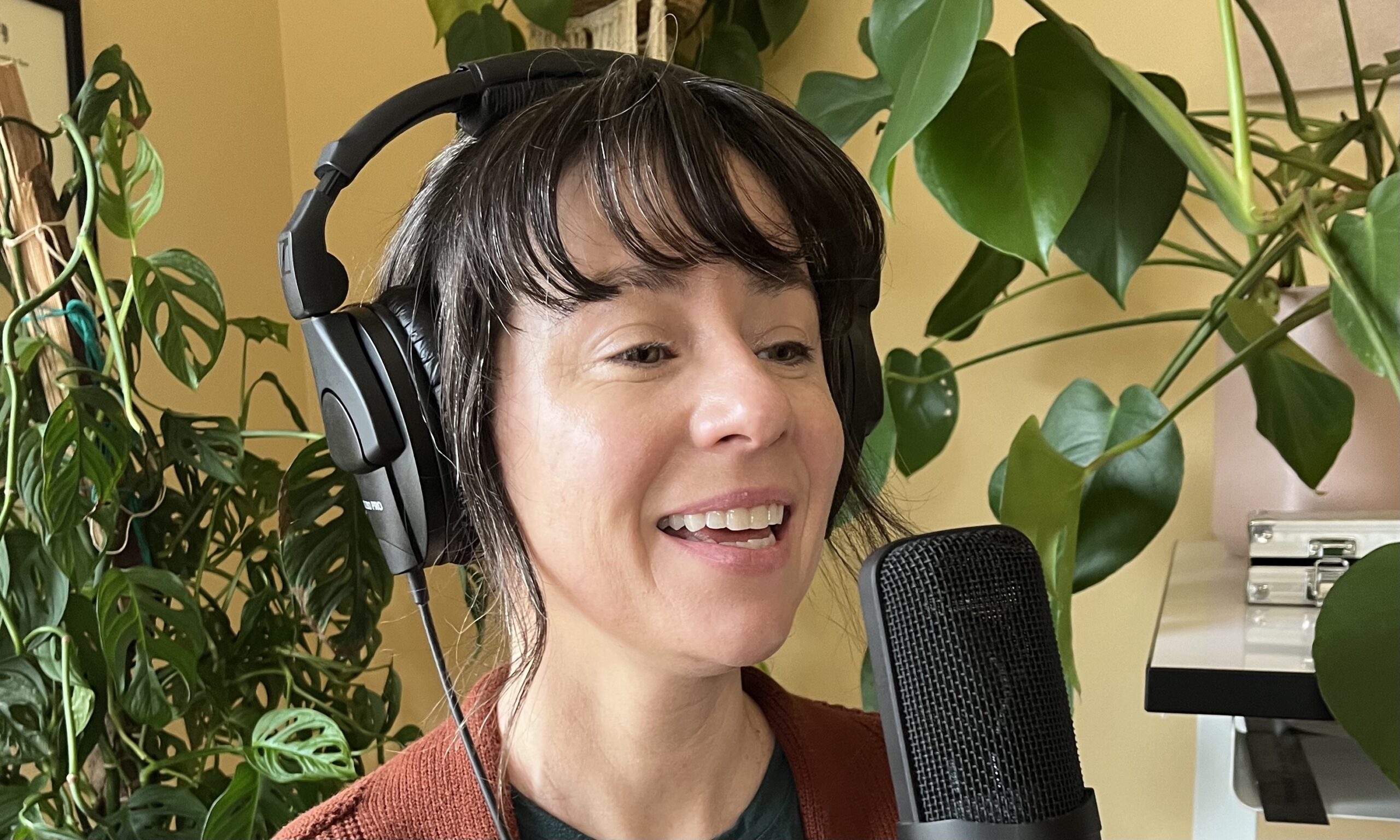I frequently discuss birth options with my newly pregnant clients. ‘Should I have a home birth, birth center birth, or a hospital birth?’ ‘What is the difference between a certified professional midwife (CPM), a certified nurse midwife (CNM), or an M.D.?’ In pursuit of our goal to help shed some light on these questions, I encourage you to read this blog in our series from guest blogger, Elizabeth Spring.
Water birth is a topic that has been making recent headlines, and inciting conversation between women, obstetricians and midwives.
What are the Benefits?
Imagine yourself drawing a warm bath, slipping in and relaxing your cares away… Similarly, when a woman who is in intense labor settles into the bath or birth tub, the warm water alleviates some of the physical discomfort of labor by easing muscle tension and creating the effects of buoyancy. When the woman has less discomfort, she will naturally relax more and produce more of the amazing hormone oxytocin! Oxytocin – also called the “love-hormone”, is the primary hormone involved in love-making, labor/birth, and breastfeeding. This feel-good hormone causes more effective contractions while allowing the mother to cope with labor pains more easily. Studies conducted on the safety and efficacy of water birth to ease labor pain concluded that women who labored and/or birthed in clean, warm water were less likely to use analgesic, less likely to have severe perineal lacerations, had shorter first-stage labor (1) and were more satisfied with their birth – with no increased risk to the mother or baby (2), (3).
Common Concerns
Many people are concerned about an increased risk of the newborn acquiring an infection from a water birth, but studies show that there is no increased risk between water and land births (1). Another concern is that the baby may take a breath under the water, it is forgotten that the infant has been living in water for 9 months and that he is still receiving oxygen through the umbilical cord. You may have seen on your ultrasound that your baby is making breathing movements, this is to build muscles needed for breathing outside of the womb. 24-48 hours prior to birth however, babies stop practicing these movements due to the presence of the hormone Prostaglandin E. Until the newborn’s face makes contact with air, it will not attempt to breath unless it is in distress – which your healthcare provider would detect beforehand (4). Moms-to-be, consider adding a tub to your birth plan! In combination with good health practices, water immersion has been established as a safe and comfortable method of child-birth, and an extremely helpful coping method during labor.
References:
- http://www.ncbi.nlm.nih.gov/pubmed/16147851
- http://www.ncbi.nlm.nih.gov/pubmed/15346814
- http://www.ncbi.nlm.nih.gov/pubmed/10971083
- http://www.arquitecturadematernidades.com/sites/default/files/administrator/BLOG/20140707BagneraVSpotro/estudio-queensland_waterbirth_2013.pdf
****** If you’re not pregnant yet, pre-conception care is what you do to prepare yourself to become pregnant. Come learn how to enhance your health in preparation for optimal fertility, a healthy full-term pregnancy, a straightforward labor, a rapid recovery, successful breastfeeding – and of course,a bright, healthy beautiful baby! Learn how nutrition, changes in body composition, exercise and sleep can positively impact female and male fertility and impact the health of any future pregnancy.




